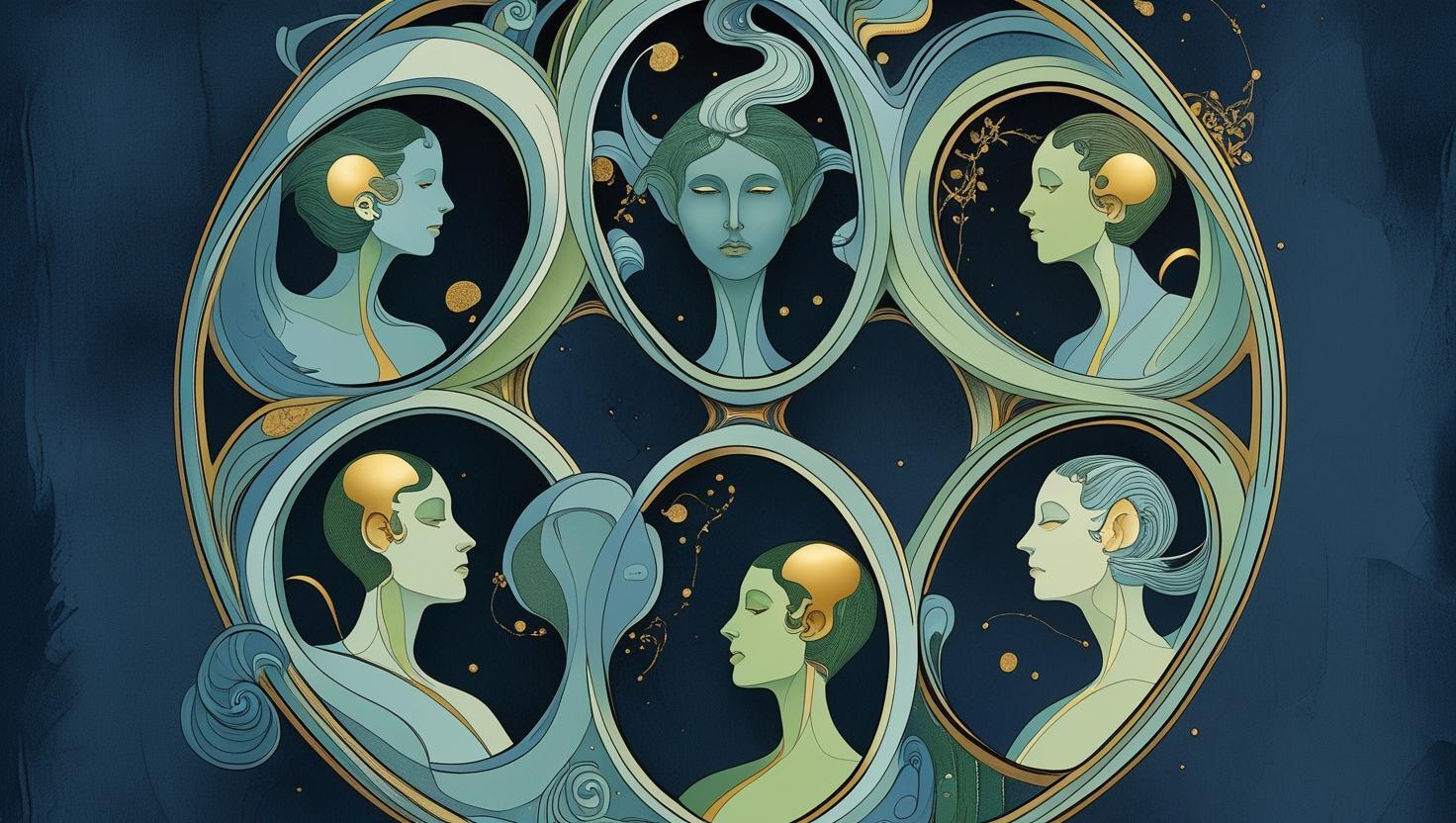Turbulent times are here to stay. The post-COVID business environment is characterised by disruptions and uncertainties, increased digitalisation, heightened emphasis on flexibility and adaptability, shifting consumer behaviours, and a greater focus on employee well-being and sustainable practices.
BANI: Brittle, Anxious, Nonlinear, and Incomprehensible
Navigating the BANI nature of today’s world—Brittle, Anxious, Nonlinear, Incomprehensible—is vital for modern leaders.
- The Brittle element points to the vulnerability of systems and plans; leaders must be ready to pivot swiftly when stable structures are disrupted by technological advancements or market changes. They need to develop strategies that are not just effective but also resilient to unexpected shocks.
- Anxiety is prevalent in an uncertain world, and leaders must navigate this stress, instilling confidence and resilience within themselves and their teams. They need the mental and emotional capacity to remain focused and the wisdom to make decisions amidst pressures and uncertainties that could provoke anxiety.
- Nonlinearity dismisses the straightforward cause-and-effect paradigm, requiring leaders to embrace complexity and polarities. They must be versatile, ready to adjust plans as they encounter unpredictable events and outcomes that defy conventional expectations.
- The Incomprehensible aspect deals with the challenge of deciphering complex information. Leaders must make sense of vast and often conflicting information, extract the most critical insights, and effectively communicate them, simplifying intricate issues to steer their teams through confusing scenarios and perplexing situations.
This BANI (Brittle, Anxious, Nonlinear, Incomprehensible) environment presents significant challenges to leaders across various domains. Leaders must evolve to thrive in a world where established methods are quickly outdated, anxiety is constant, causality is complex, and clarity is hard-won.
The Evolution of Leadership Development in Today’s World
In addition, the modern workforce's evolving expectations are driving the need for a more human-centric approach in leadership. Today's employees value well-being, inclusivity, and a sense of belonging.
They seek work environments that respect and nurture their diverse backgrounds and promote work-life balance. Addressing these needs through a people-first culture and human-centric leadership is key to meeting these growing expectations, ensuring employee engagement and satisfaction.
All of this created new awareness of the need for mature, wise leaders with a nuanced understanding of leadership that recognises the complexities of societal and organisational dynamics, the emotional and cultural aspects of change, and the importance of balancing innovation with tradition.
Mature, versatile leaders are collaborative yet decisive, capable of perspective-taking and prompt action, and exhibit self-awareness, empathy, pragmatism, and courage. The COVID-19 pandemic further revealed the significant impact of effective leadership, with those possessing these qualities often navigating the crisis more successfully.
Leaders now need to develop the inner capacity to deal with the increasingly complex environment and challenges. Research is clear on the value of fostering leadership maturity in the age of the meta-crisis. But how do we sustainably develop the inner abilities that leaders now all need to lead in complexities?
This is where the concept of vertical development comes into play. Unlike horizontal development, vertical development focuses on improving the emotional, mental and intellectual capacity.
Vertical development empowers leaders by broadening their perspectives, enhancing their resilience, and equipping them to manage continuous change. This approach more effectively prepares leaders to tackle a diverse array of challenges and enhances their agility to navigate the BANI business environment.
Understanding Vertical Development
At its core, vertical development represents a fundamental shift in the way we perceive and engage in leadership growth.
Unlike horizontal development, which focuses on acquiring new skills and competencies, vertical development is about evolving one's internal capabilities, mindset, and consciousness. It's a deeper, more transformative process that changes how leaders think, feel, and make sense of the world, enabling them to handle more complex and adaptive challenges.
For example, consider a leader who is adept at project management (a horizontal skill) but struggles with strategic thinking (a vertical capability). Vertical development equips them with diverse perspectives and changes how they make sense of their people, organisation, and industry. This allows them to understand complex interdependencies and long-term implications more profoundly.
Vertical development in leadership is a transformative process that shifts how leaders perceive, think, and react to various situations. Unlike horizontal development, which focuses on acquiring new skills and knowledge, vertical development changes the leader's internal operating system.
Let's look at some examples and illustrations to understand how this works:
|
Development Area |
Situation |
Horizontal Approach |
Vertical Approach |
|
Self-awareness and Reflection |
Leader faced with high-stress, high-stakes decisions |
Learning decision-making frameworks and risk management techniques. However, in practice, decisions can still be influenced by stress and bias. |
Engaging in deep reflection and mindfulness practices, the leader becomes aware of their stress triggers and understand how internal biases might influence decisions. This awareness allows them to approach the decision more objectively and calmly. |
|
Perspective Taking |
Managing diverse team with conflicting viewpoints |
Learning about cultural diversity and team management skills that addresses external behaviour, not internal perspectives. May not fully resolve deep-seated conflicts or biases. |
The leader actively seeks to understand the unique perspectives of each team member. They recognise their own cultural lens and work to see situations from multiple viewpoints. This not only resolves conflicts but also leads to more inclusive and creative team dynamics. |
|
Adaptability and Resilience |
Navigating a company through a major market shift |
Acquiring knowledge in change management and market analysis (focuses on business strategies and knowledge). May lack flexibility and resilience in rapidly changing situations. |
Embracing a growth mindset and viewing challenges as opportunities for learning and growth. They reflect on past failures, not as setbacks, but as valuable experiences. This mindset helps them remain flexible and resilient, adapting strategies as the market evolves. |
|
Authenticity and Integrity |
Facing an ethical Dilemma in business operation |
Learning about ethical business practices (focuses on compliance and rules). Might not address deeper moral values and personal integrity. |
Examining core values and aligning actions with these values (focuses on internal authenticity and congruence). This integrity builds trust and sets a moral standard in the organisation. |
Modern leadership is about shifting from doing leadership to being a leader, and the integration of vertical development alongside traditional horizontal development is not just beneficial but essential. Horizontal development equips leaders with the necessary tools — skills, knowledge, and competencies — required for specific tasks and roles.
However, it's the vertical development that refines the tool-user. Vertical development in leadership is a transformative process that fundamentally changes a leader's approach to thinking, problem-solving, and relating to others. It reshapes a leader's worldview and enhances their cognitive and emotional ability to navigate complexity.
Written by:
Jessica Choo, Founder & Chief Strategist of ILS





